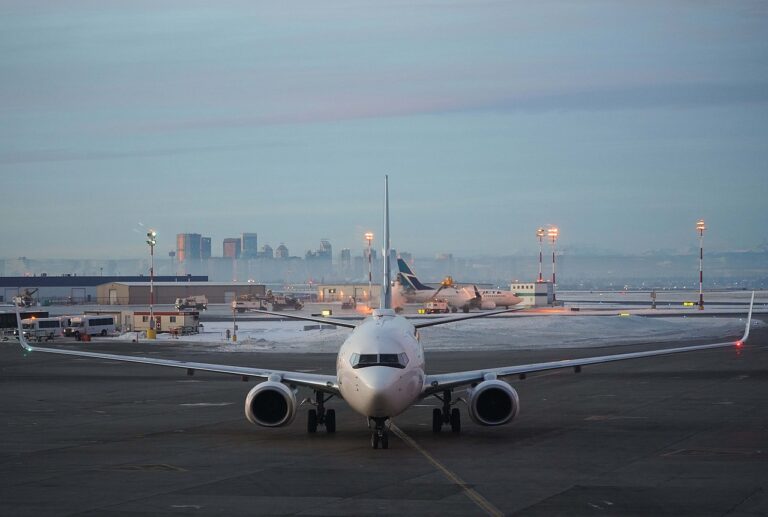
As the dust settles from years of travel disruptions caused by the COVID-19 pandemic, Canadian tourists are beginning to chart new paths. Once a top destination for Canadian travelers, the United States is now seeing a decline in demand from its northern neighbors, prompting a noticeable shift in Canadian travel preferences and shedding light on evolving consumer priorities in a rapidly changing tourism landscape.
According to recent data from travel agencies and tourism boards, interest in U.S.-based vacations among Canadians has cooled significantly over the past year. Industry experts point to a combination of factors, including the weakening Canadian dollar, lingering concerns over U.S. political and social tensions, and an increased appetite for more culturally immersive or adventure-driven experiences beyond the border.
Canadians are becoming more discerning about how they spend their travel dollars, said Amanda Leclerc, a senior analyst with the Canadian Travel Insights Group. We’re seeing a strong pivot toward destinations that offer greater value, unique experiences, and a stronger sense of safety and comfort.
One of the biggest winners in this shift appears to be Europe, with countries like Portugal, Spain, and Greece seeing surges in Canadian visitors. At the same time, there’s been a noticeable uptick in travel to Asian and Latin American destinations, where the cost of travel can be more favorable and the experiences more distinct from what North America has to offer.
Domestic travel within Canada has also remained resilient, especially with the rise in eco-tourism and interest in Indigenous cultural experiences. The natural beauty of British Columbia, the maritime charm of Nova Scotia, and the vibrant culinary scenes in cities like Montreal and Toronto are keeping many Canadian travelers closer to home.
The cooling demand for U.S. travel could also be attributed to logistical barriers that have lingered post-pandemic. Continued staffing shortages in U.S. airports, long wait times at border crossings, and the high costs of accommodation in major American cities are pushing some travelers to look elsewhere.
Moreover, Canadian travelers are becoming more intentional about sustainability. Surveys show that a growing number are choosing destinations and accommodations with a lower environmental impact, further influencing where they book.
Travel companies are already adjusting to meet this new demand. Airlines are adding more direct flights to Europe and Asia, while tour operators are expanding packages focused on local culture, food, and nature-based experiences.
This isn’t just a temporary reaction, said Leclerc. It’s a deeper transformation in how Canadians view travel. The pandemic taught people to prioritize meaningful experiences, and that’s now driving where and how they travel.
While the U.S. will undoubtedly remain a significant travel destination for many Canadians due to its proximity and diverse attractions, the recent dip in demand could signal a longer-term rebalancing in travel flows. For tourism professionals, understanding and adapting to these shifting preferences will be essential in capturing the attention and wallets of Canadian travelers in the years ahead.

